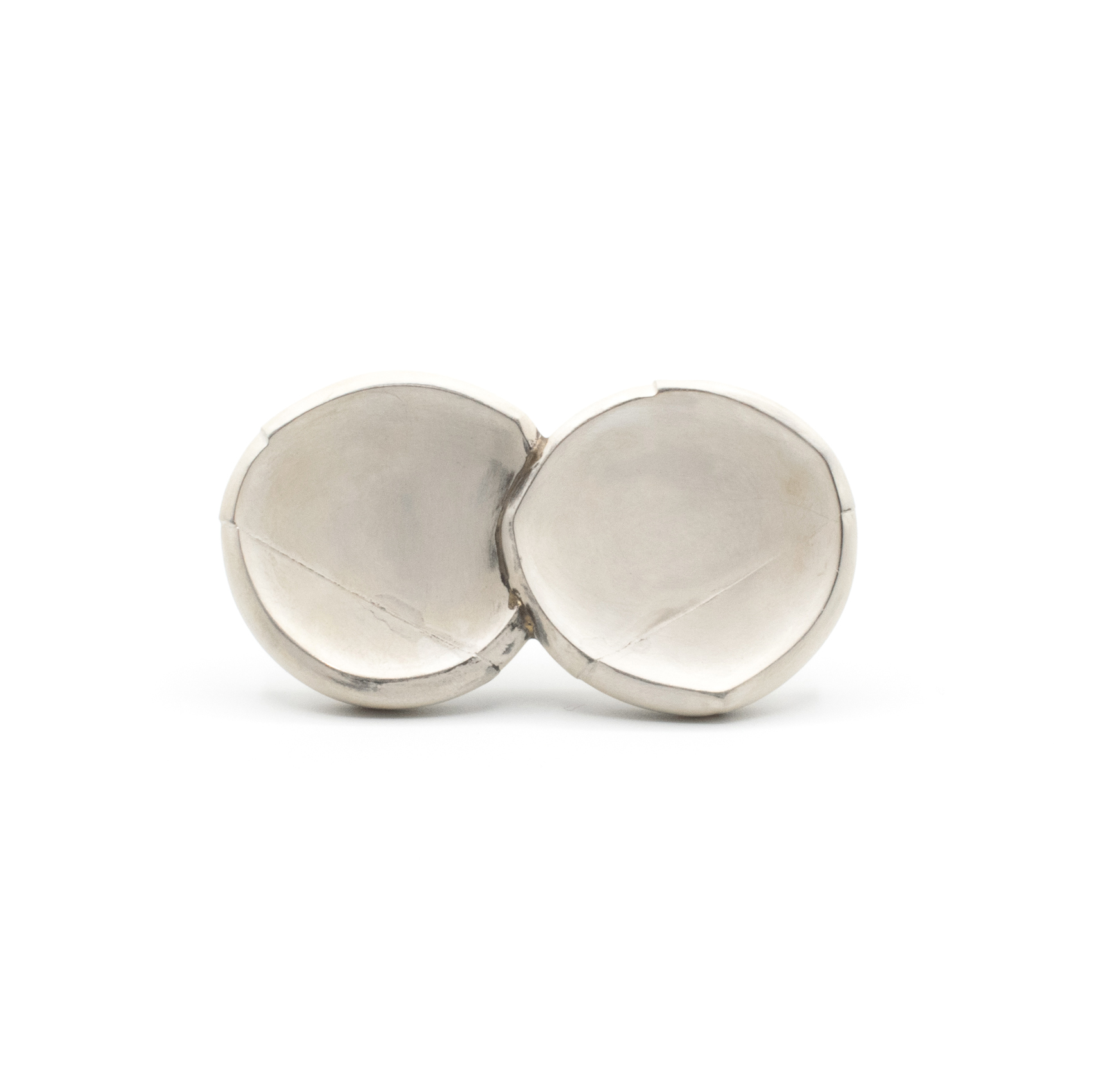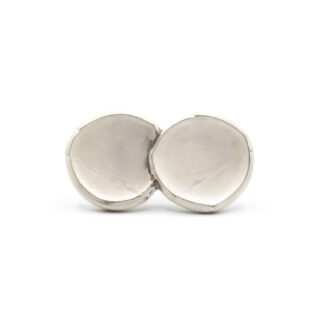ARTIST INFO
LYDIA MARTIN
Little Rock, AR
METALS | Jewelry
Penland Affiliation | Penland Instructor 2022
Artist Information | Studio artist; education: BFA Rochester Institute of Technology (NY), MFA State University of New York at New Paltz (NY); teaching: Penland School of Craft (NC), Rochester Institute of Technology (NY), Baltimore Jewelry Center (MD), Towson University (MD), Montgomery College (MD); residencies: Windgate Artist in Residence at University of Arkansas at Little Rock (AR), Rochester Institute of Technology (NY)
Artist Bio | Lydia Martin is a contemporary jeweler living and working in Baltimore, MD. Her work, based on process and material skill, is an investigation of intentions and consequences. She received an MFA from the State University of New York at New Paltz in 2017 and a BFA from the Rochester Institute of Technology. After completing a two-year teaching appointment and residency at the Rochester Institute of Technology, Lydia began teaching at the Baltimore Jewelry Center and Towson University in Baltimore. She has exhibited both nationally and internationally.
Artist Statement | My jewelry is a record of intentions and consequences, a history of decisions made during the physical act of making. Each piece becomes a tangible catalog of actions bearing the marks of their making, seams highlighted or hidden in turn by their color and finish. Distortion reveals the limits of materiality, while skillful reconstruction seeks to make whole what was once fragmented. This methodical approach allows for new forms to be considered, a systematic approach to capture altered perspectives. Forms become suspended in motion creating new orientations both on and off the body. My jewelry is in a constant state of flux, shifting boundaries physically from my studio to the body. This shift creates a change in the emphasis; the form that was once only suspended in motion is now suspended in wearing.




